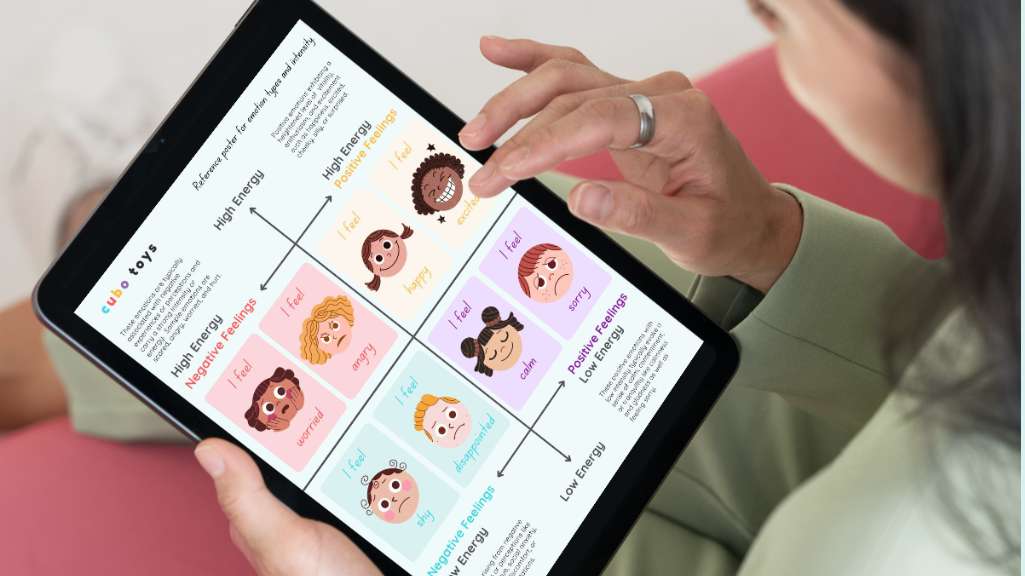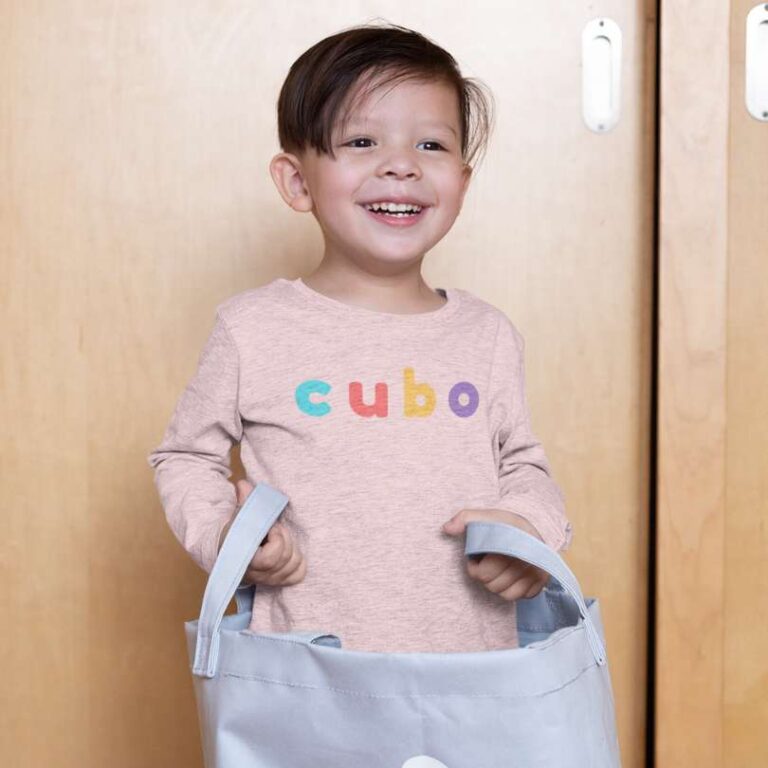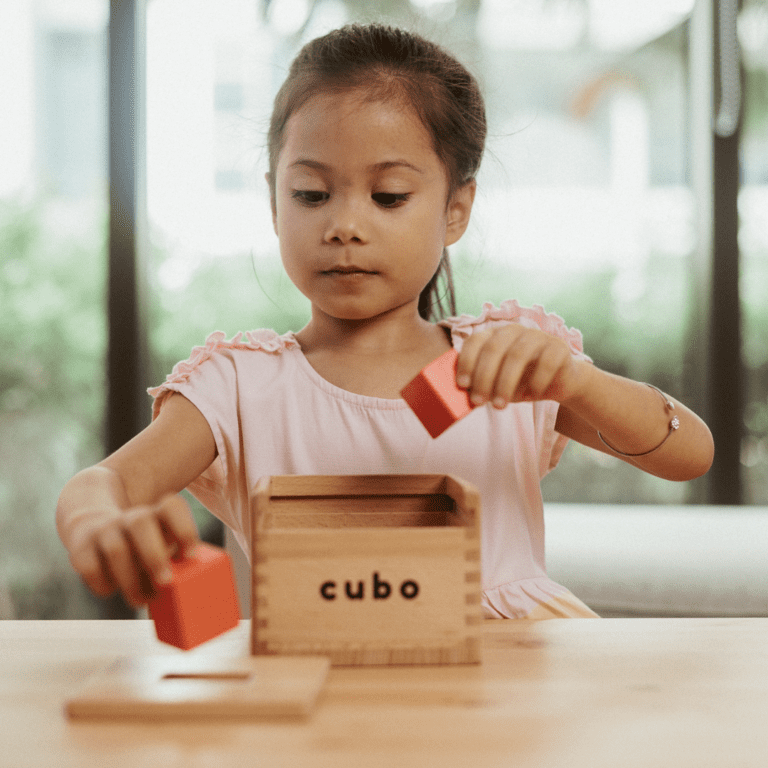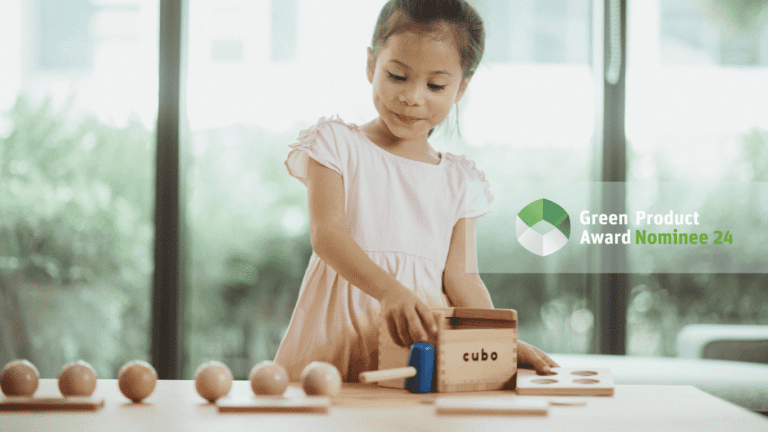When you have young kids, it’s easy for toys to take over every nook and cranny of your living space.
Let’s explore the top reasons why this toy overload happens and discuss practical strategies to reclaim your home’s living and storage space in this blog tackling the toy overload at home.


1 / Rapid Growth and Development
From infancy to preschool, they go through significant physical, cognitive, and emotional changes. As they quickly outgrow toys, clothes, and books, these items accumulate, resulting in clutter and overcrowding. Recognizing the transient nature of these possessions can help you prioritize and regularly declutter.

2 / Single-Use Toys and Short Attention Spans
Many toys on the market are designed for specific developmental stages or to teach particular skills. However, once a child masters the intended purpose or loses interest, these toys lose their appeal and end up neglected. This leads to a collection of single-use toys that occupy valuable space. Choosing versatile toys that can adapt to different stages of development and encouraging open-ended play can extend their lifespan and reduce clutter.

3 / Brittle Plastic Toys
Toys, especially those made of plastic, are prone to fragility. Young children are naturally curious and exploratory, subjecting their toys to rough handling and accidental drops. Consequently, broken toys accumulate, cluttering your space and posing safety hazards. Opting for toys made from durable materials or investing in quality items built to withstand rough play can reduce waste and create a more sustainable play environment.
Now, let’s explore practical strategies to regain control of your living space:

a / Regular Decluttering
Dedicate time to declutter and organize toys. Involve your children in the process, explaining the importance of sharing and donating toys they have outgrown or no longer play with.

b / Mindful Toy Rotation
Instead of having all toys out at once, implement a toy rotation system. Store a portion of the toys and periodically swap them, providing a fresh and exciting experience while minimizing clutter.

c / Quality Over Quantity
Prioritize toys that offer versatility and can adapt to different stages of development. Choose toys that encourage open-ended play and spark creativity, reducing the need for an extensive collection of single-use toys.

d / Multiusable, Multifunctional, or Modular Toys
Look for toys that have multiple uses or can be transformed into different configurations. Cubo Sticky Schedules and Cubo Sticky Feelings, for example, offers such toys designed to grow with the child and provide various play options. Integrating these toys into your collection maximizes play value while minimizing the number of individual toys needed.

e / Sustainable Choices
Opt for toys made from durable and sustainable materials. Seek eco-friendly options that are built to last, reducing waste and the frequency of replacements.
By understanding the reasons behind toy overload and implementing practical strategies like regular decluttering, toy rotation, prioritizing quality over quantity, incorporating multiusable or modular toys, and making sustainable choices, you can reclaim your living and storage space. Embrace simplicity and create a home environment that nurtures imagination, creativity, and shared experiences for your children.
If you like our blog Tackling the Toy Overload at Home, please don’t forget to subscribe to our newsletter to get the latest blog releases. We also talked about in our blog series about the best free play resource, our ways to play sustainably at home, and how to rid the ocean of plastics.

Get ready for smoother days~!
You can drive test our beautiful products by printing our social emotional learning lesson plans.


 Unwrap our holiday deals to gift to your pres
Unwrap our holiday deals to gift to your pres










